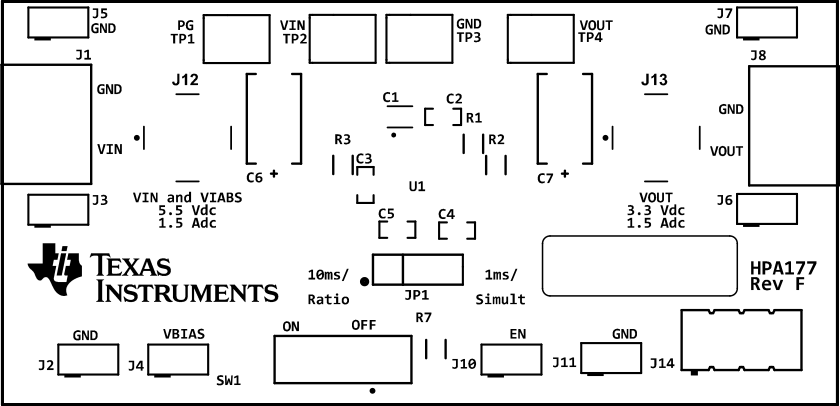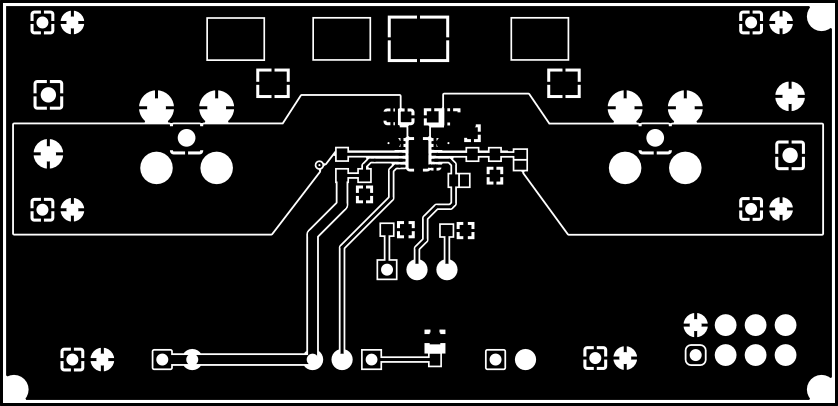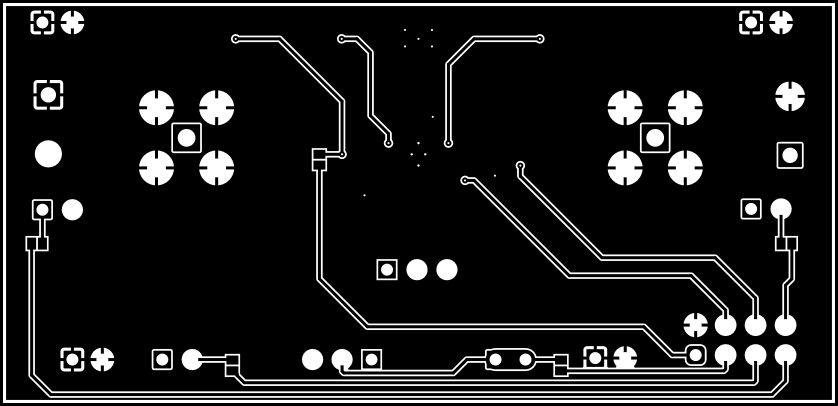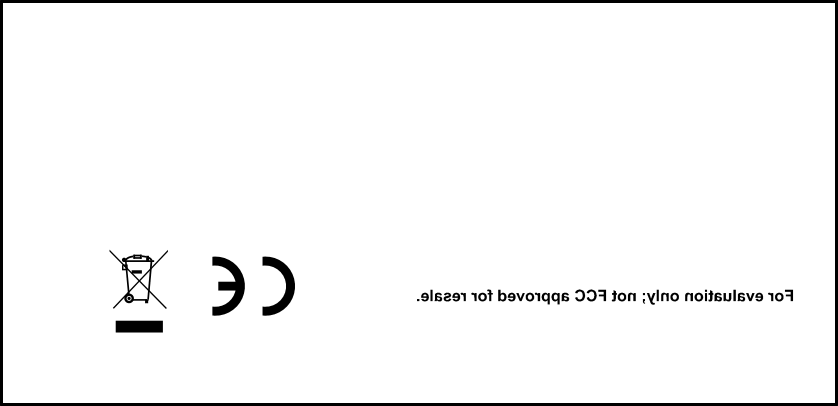SLVU189B february 2007 – may 2023 TPS74701 , TPS74801
5 Board Layout
Board layout is important for improving power supply rejection ratio (PSRR) and lowering noise. Figure 5-1, Figure 5-2, Figure 5-3, and Figure 5-4 show the board layout for the HPA177 EVM. The switching nodes with high-frequency noise are isolated from the noise-sensitive feedback circuitry. See the data sheet for more specific layout guidelines.
 Figure 5-1 Top
Overlay
Figure 5-1 Top
Overlay Figure 5-2 Top
Layer
Figure 5-2 Top
Layer Figure 5-3 Bottom
Layer
Figure 5-3 Bottom
Layer Figure 5-4 Bottom Overlay
Figure 5-4 Bottom Overlay